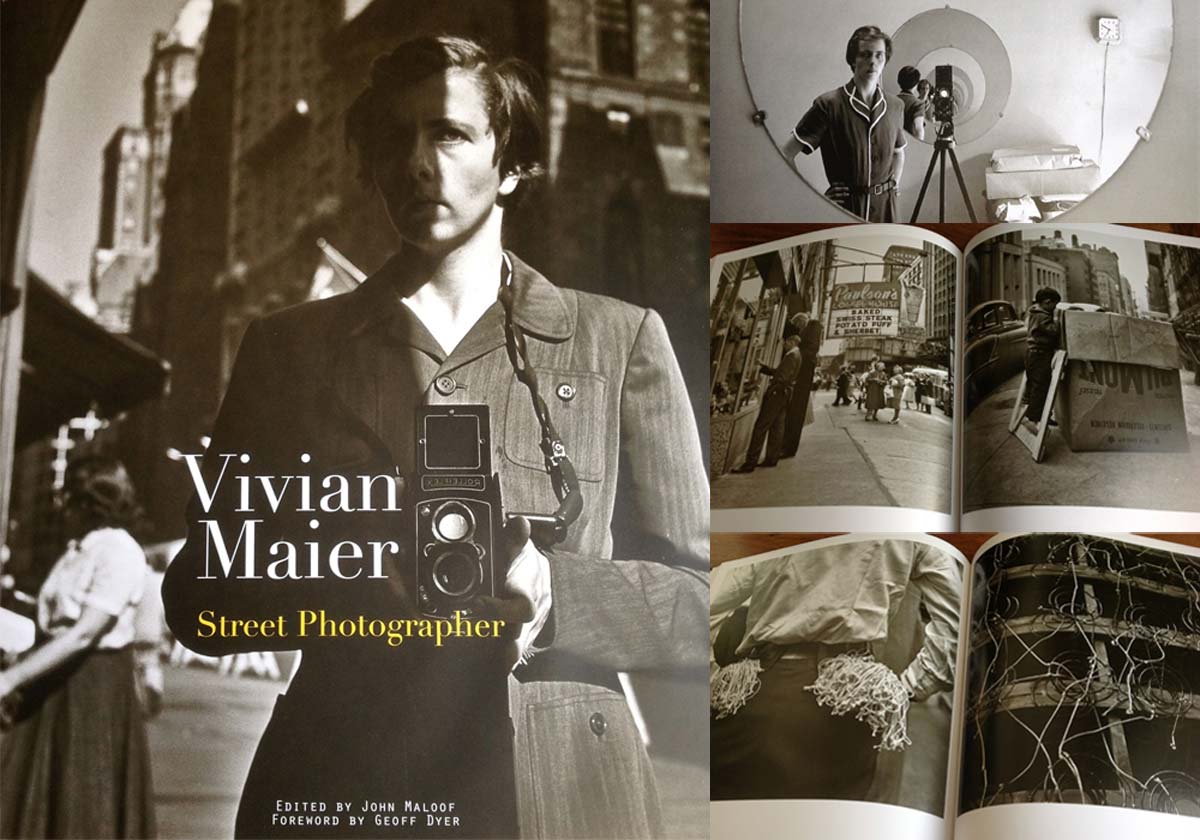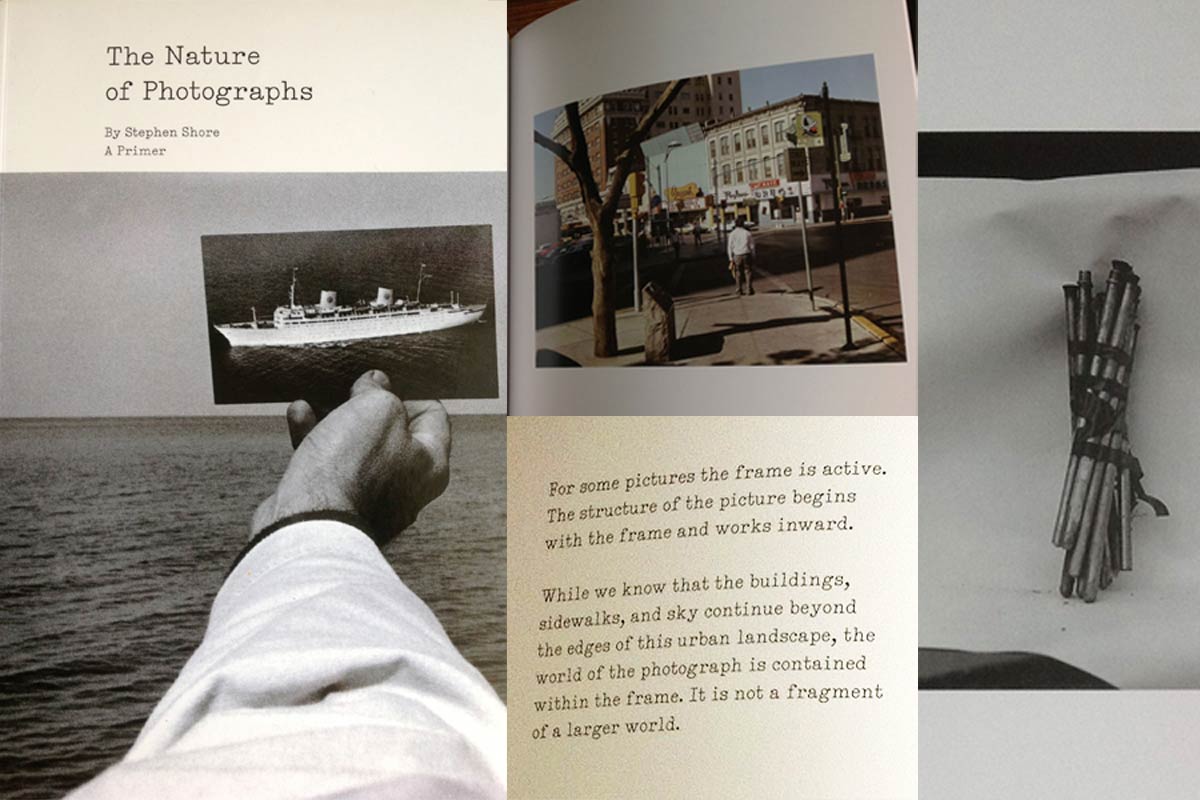Photography Inspiration
Vivian Maier – Street Photographer
 Photographs are integral pieces of my work but they are also part of the milieu of ideas that I gather for new paintings. I thought I would share two of the latest photography books that I’ve acquired. I first heard about Vivian Maier when I saw a documentary film by John Maloof called Finding Vivian Maier during the Vancouver International Film Festival. I highly recommend watching this film if it ever does get shown again. The movie trailer is below. I was lucky enough to receive a book of her photographs as a birthday gift last month. Her photographs are breath-taking, capturing unexpected and very touching moments of street life. Her story and photographs are beautiful yet haunting at the same time. It is hard to believe the depth and richness she captured ranging from people to everyday objects to reveal the life and emotion in the streets that many people wouldn’t think twice to at during that era. She took hundreds of pictures if not more on a regular basis. This only makes me think how much more time I need to just photograph in order to gain any sense of a trained eye for composing intriguing images. Of course, after seeing the film and her photographs, it would be amazing to have a working Rolleiflex camera to use!
Photographs are integral pieces of my work but they are also part of the milieu of ideas that I gather for new paintings. I thought I would share two of the latest photography books that I’ve acquired. I first heard about Vivian Maier when I saw a documentary film by John Maloof called Finding Vivian Maier during the Vancouver International Film Festival. I highly recommend watching this film if it ever does get shown again. The movie trailer is below. I was lucky enough to receive a book of her photographs as a birthday gift last month. Her photographs are breath-taking, capturing unexpected and very touching moments of street life. Her story and photographs are beautiful yet haunting at the same time. It is hard to believe the depth and richness she captured ranging from people to everyday objects to reveal the life and emotion in the streets that many people wouldn’t think twice to at during that era. She took hundreds of pictures if not more on a regular basis. This only makes me think how much more time I need to just photograph in order to gain any sense of a trained eye for composing intriguing images. Of course, after seeing the film and her photographs, it would be amazing to have a working Rolleiflex camera to use!
The Nature of Photographs by Stephen Shore
 This book helped me rethink about how we can choose to portray images and how many different levels they can be read. I use this book more as a reference than anything else. I came across this book from Mark Olivier’s blog called Take Out Photo and then in his well curated Pinterest page of photo books. In addition to his beautiful photos of Paris street scenes and photo tips, Mark’s blog first sparked my interest when I came across the video he posted about the creative process that I shared in a previous post.
This book helped me rethink about how we can choose to portray images and how many different levels they can be read. I use this book more as a reference than anything else. I came across this book from Mark Olivier’s blog called Take Out Photo and then in his well curated Pinterest page of photo books. In addition to his beautiful photos of Paris street scenes and photo tips, Mark’s blog first sparked my interest when I came across the video he posted about the creative process that I shared in a previous post.
The Nature of Photographs is a very simply laid out book but this format gives a lot of breathing room to really study the images alongside the description. The examples illustrate aspects of the process behind composing a photograph. Photographs can be viewed on a variety of levels ranging from the physical, depictive to how we view the images in our mind’s eye. I like how the author describes how one starts with the “messiness of the world” and by choice of framing and vantage point, it gives structure to the image you select. Overall, it’s a reminder that there is still an “art” to photography which I hope we don’t lose in today’s digital age.
